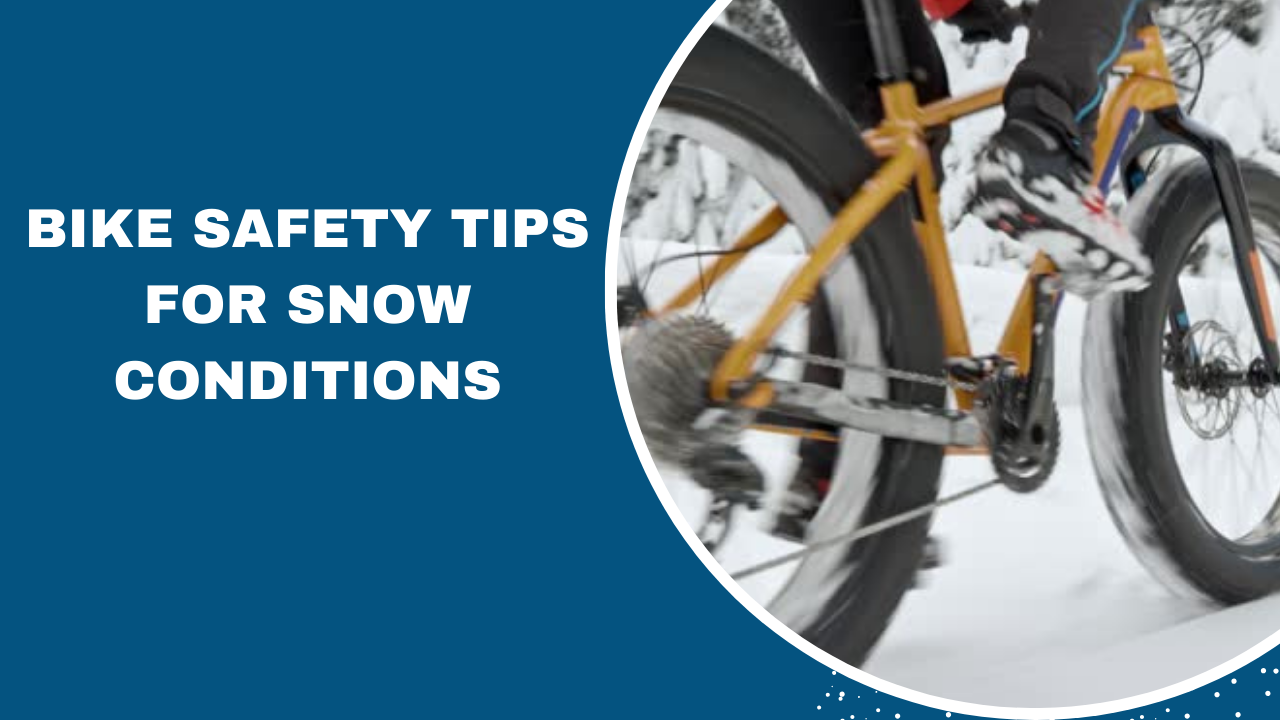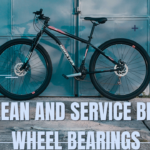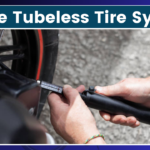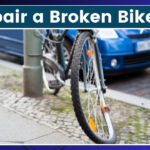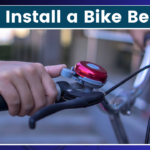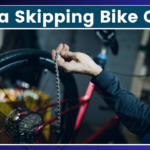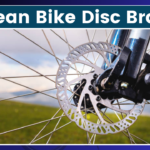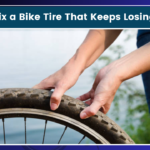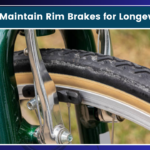As I sit here sipping my steaming mug of coffee and watching the snowflakes dance outside my window, I can’t help but think about my upcoming bike ride to work. Yeah, you heard that right – I’m one of those crazy folks who keep pedaling even when the mercury drops and the streets turn white. But before you write me off as a complete lunatic, let me tell you that with the right preparation and know-how, winter biking can be not just safe, but downright enjoyable.
I’ve been commuting by bike year-round for the past 14 years, and I’ve learned a thing or two about navigating snowy streets on two wheels. So, grab a warm drink, settle in, and let me share some essential bike safety tips for when Jack Frost comes to town.
Gear Up
First things first – your trusty summer ride needs a bit of a makeover to handle the winter conditions. Trust me, I learned this the hard way after one too many slips and slides.
Tires: Switch to studded or winter-specific tires. These bad boys have metal studs or a softer rubber compound that provides better traction on icy surfaces. I swear by my studded tires – they’ve saved my bacon more times than I can count.
Fenders: If your bike doesn’t already have them, invest in a good set of fenders. They’ll keep that slushy, dirty snow from spraying all over you. Nothing ruins a commute faster than arriving at work looking like you’ve been mud wrestling.
Lights: With shorter days and often poor visibility, lights are crucial. I’ve got a bright white light on the front and a red blinker on the back.
Pro tip: attach an additional light to your helmet or backpack for extra visibility.
Dress for Success
Now that your bike’s ready for winter, let’s talk about dressing for the occasion. Forget fashion – when it comes to winter riding, it’s all about function.
Base layer: Start with a moisture-wicking base layer. This helps keep sweat away from your skin, preventing that nasty chill when you stop moving.
Insulating layer: Next up is a warm, insulating layer. I’m partial to merino wool, but synthetic materials work well too.
Outer layer: Top it off with a windproof and waterproof jacket and pants. Look for gear with reflective elements for added visibility.
Extremities: Don’t forget your hands, feet, and head! I use lobster-claw mittens, which keep my fingers together for warmth while still allowing me to break and shift. For feet, waterproof boots or overshoes are a must. And a thin balaclava under my helmet keeps my face from freezing off.

Plan Your Route
When the snow starts falling, my usual bike routes often become treacherous or impassable. That’s why it’s crucial to plan and be flexible with your route.
Stick to plowed roads: Main roads are usually cleared first, so they’re often your best bet for a safe ride. Just be extra cautious of traffic.
Avoid bridges and overpasses: These tend to freeze first and stay icy longer than other surfaces.
Be prepared to walk: There’s no shame in hopping off and walking your bike through particularly sketchy sections. I’d rather arrive a few minutes late than not arrive at all!
Riding Techniques
Alright, you’re geared up and ready to roll. Now let’s talk about how to ride in these conditions without ending up face-first in a snowbank (been there, done that, not recommended).
Lower your seat: Dropping your seat slightly allows you to quickly put a foot down if you start to slip.
Reduce tire pressure: Running your tires at a slightly lower pressure than usual increases the contact patch with the ground, improving traction.
Take it slow: This isn’t the time for Strava records. Reduce your speed and give yourself plenty of time to react to obstacles or changes in surface conditions.
Brake early and gently: Sudden braking is a recipe for disaster on slippery surfaces. Start slowing down well in advance of stops and use both brakes evenly.
Stay loose: Keep your body relaxed and let the bike move a bit underneath you. Tensing up will only make it harder to respond to changes in traction.
Be Visible ( Stand Out in the Snow)
Winter often means reduced visibility for drivers, so it’s up to us cyclists to make sure we’re seen.
Wear bright colors: That all-black kit might look slick, but it’s not doing you any favors in the visibility department. Opt for bright, contrasting colors that stand out against the snow.
Use reflective gear: In addition to your lights, add reflective elements to your clothing, bike, and gear. Reflective ankle bands are particularly effective as the up-and-down motion catches drivers’ attention.
Make eye contact: Whenever possible, try to make eye contact with drivers at intersections. It’s the best way to ensure they’ve seen you.
Maintain Your Ride
Winter riding can be tough on your bike, so a little extra maintenance goes a long way.
Clean regularly: Road salt and grime can wreak havoc on your bike’s components. Give it a thorough cleaning after each ride, paying special attention to the drivetrain.
Lubricate often: Use a wet lube on your chain and other moving parts to protect against moisture and salt.
Check your brakes: Winter conditions can accelerate brake pad wear. Check them regularly and replace them as needed.
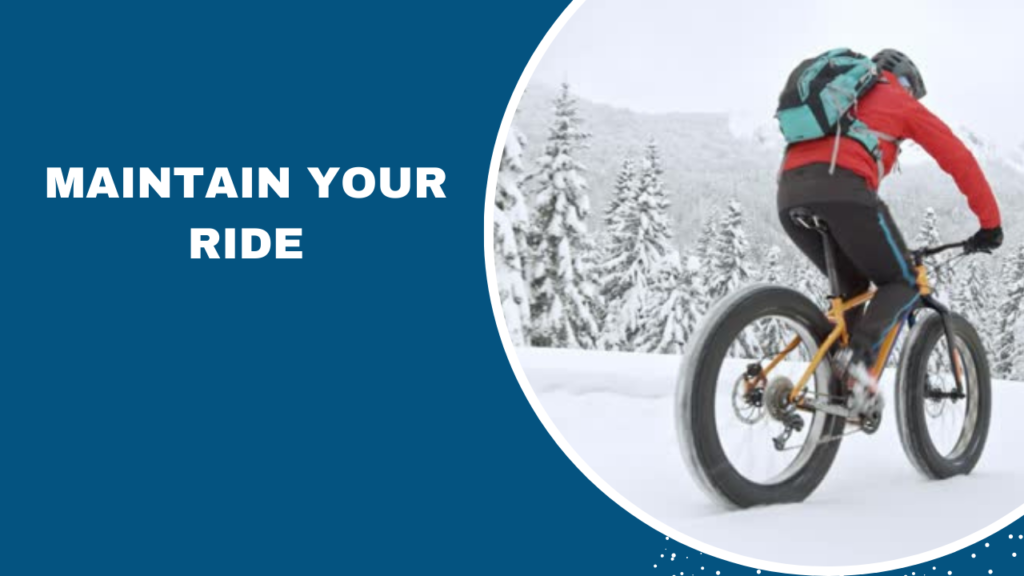
Know When to Say No
Look, I love winter riding as much as the next crazy cyclist, but there are times when it’s just not worth the risk.
Extreme cold: When the temperature drops below a certain point (for me, it’s around -20°C/-4°F), the risk of frostbite becomes too high.
Heavy snowfall: If the snow is coming down so hard you can barely see, it’s time to find alternative transportation.
Freezing rain: This is my nemesis. When the forecast calls for freezing rain, I hang up the bike and take the bus.
Pack Smart
Winter riding means being ready for whatever Mother Nature throws your way. Here’s what I always have in my pack:
Multi-tool and spare tube: Mechanical issues don’t take a winter break. Hand warmers: These little packets of warmth can be a lifesaver on unexpectedly cold days. Emergency snack: Cold weather burns more calories, so I always pack an energy bar just in case. Phone and battery pack: Cold temperatures can drain your phone battery quickly, so a backup power source is crucial.
Practice Makes Perfect
If you’re new to winter riding, it’s a good idea to practice in a safe environment before hitting the streets.
Find an empty parking lot or quiet side street after a snowfall. Practice starting, stopping, and turning in various snow conditions. Get a feel for how your bike handles on different surfaces – packed snow, loose snow, and ice all require slightly different techniques.
Join the Winter Riding Community
One of the best things about winter riding is the sense of camaraderie among those brave (or crazy) enough to do it. Look for local winter riding groups or events in your area. Not only is it safer to ride with others, but you can also pick up valuable tips and tricks from more experienced winter cyclists.
Wrapping Up
As I finish up this article, I can see the snow has stopped falling, and a beautiful winter wonderland awaits outside my window. Sure, winter cycling comes with its challenges, but it also offers unique rewards – the crunch of snow under your tires, the crisp winter air in your lungs, and the satisfaction of conquering the elements.
Remember, staying safe on your bike in snow conditions is all about preparation, awareness, and a healthy dose of common sense. With these tips in your arsenal, you’ll be well-equipped to tackle winter riding. Who knows? You might even start looking forward to those snowy commutes as much as I do.
Now, if you’ll excuse me, I’ve got a bike ride to enjoy. Stay safe out there, fellow winter warriors!
